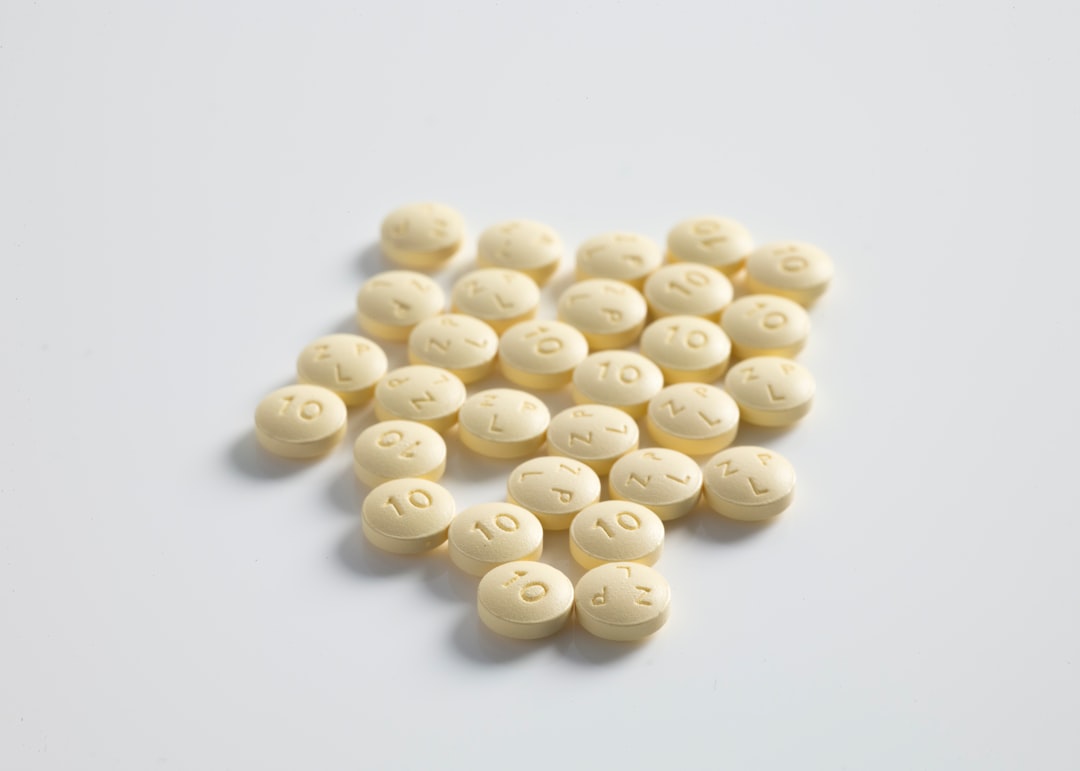What is it about?
68 German package leaflets were chosen for a detailed analysis of their quality and suitability based on a set of 104 quality criteria developed prior to this survey.
Featured Image

Photo by Hubble on Unsplash
Why is it important?
Package leaflets have an important impact on patients’ compliance and thus on the effectiveness of medicine use. Regardless of all efforts by European or national regulatory authorities and manufacturers to improve their readability and comprehensiveness they, are still under discussion. In many cases of this study, package leaflets available on the German medicine market did not include important information or were difficult to read or understand. In 73.5% of all cases, the daily maximum dose was missing and 63.2 % gave no information about suitable measures for every interaction. 66.2 % of package inserts provided no instructions about the correct storage and 58.8 % gave no instructions on the appropriate storage temperature. In 13 cases, dosage instructions were provided only in milligrams of active substance instead of a number of tablets or volume of liquid. 98.5 % of the 68 package leaflets included non-quantifiable statements like “high dosage” or “take 2 4 tablets, 1 – 3 times daily”. 97.1 % contained repetitious information, 83.8 % included advertising elements and 8.8 % provided contradictory information.
Perspectives
Package leaflets must be optimised using evidence based quality criteria and tested by selected groups of patients prior to the approval of the drug to avoid misunderstanding or lack of information which is needed to use the medicine to the best possible outcome and avoid safety risks.
Dr Jörg Fuchs
PAINT-Consult
Read the Original
This page is a summary of: Analysis of German package inserts, International Journal of Clinical Pharmacology and Therapeutics, January 2006, Dustri-Verlgag Dr. Karl Feistle,
DOI: 10.5414/cpp44008.
You can read the full text:
Resources
Contributors
The following have contributed to this page










